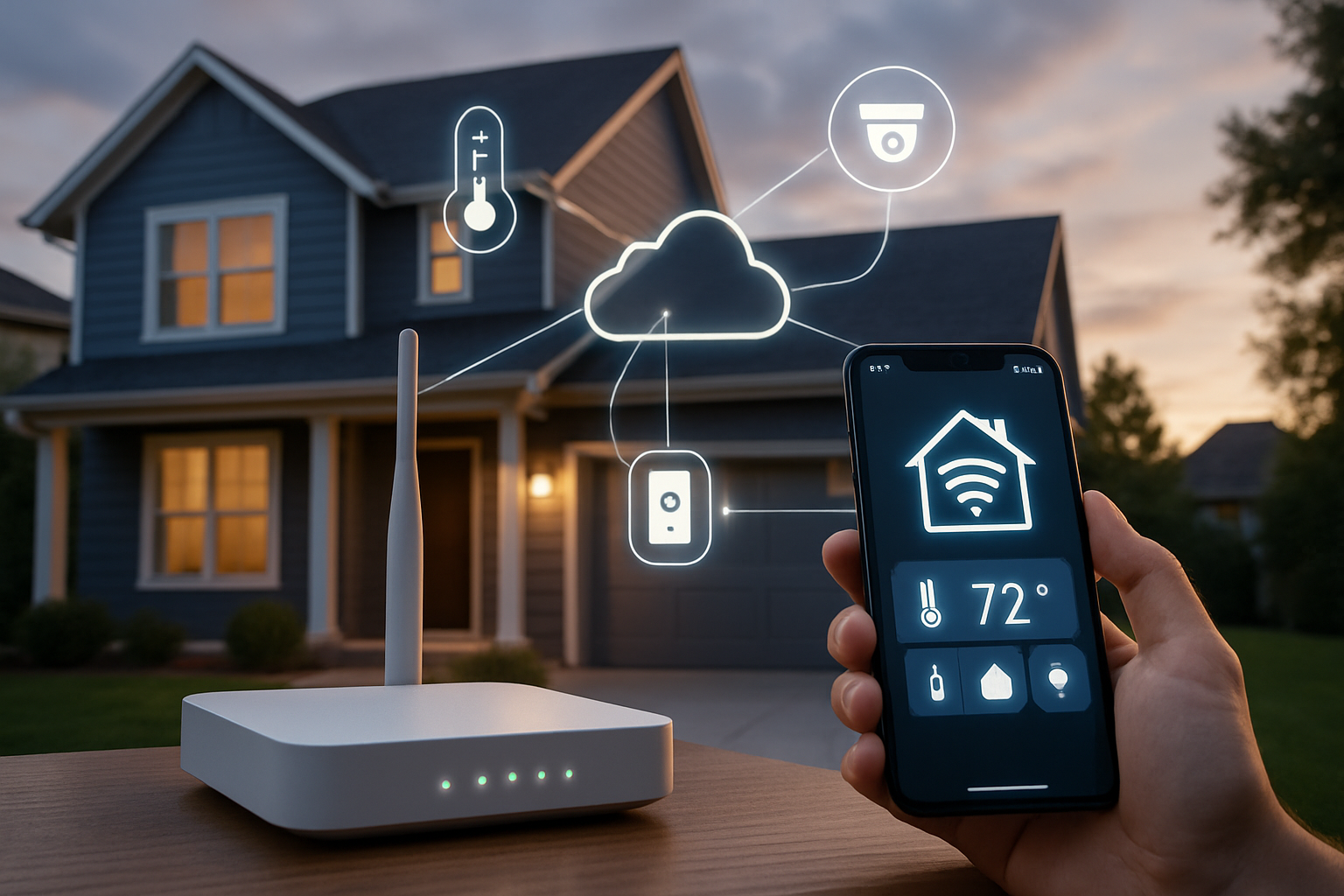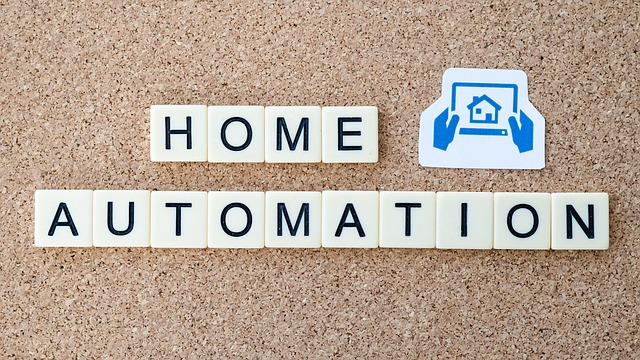The Future of Home Protection: How Wireless Smart Sensors Are Redefining Security in Sweden
Smart home technology has become one of the most rapidly growing markets in Sweden, driven by innovation, sustainability, and consumer demand for convenience. From plug-and-play motion sensors to advanced DTC smart devices, wireless home security systems are changing the way homeowners protect their spaces. Discover how VC-backed tech startups are transforming everyday homes into connected, intelligent ecosystems.

The integration of wireless smart sensors into Swedish homes represents a significant shift in how residents approach security and home management. With the country’s high technology adoption rates and focus on innovative living solutions, Sweden has become a testing ground for next-generation home protection systems. These intelligent sensors do more than simply detect intrusions—they create comprehensive security ecosystems that monitor everything from movement and temperature to air quality and water leaks, providing homeowners with unprecedented awareness and control over their living spaces.
How Wireless Motion Sensor Technology is Evolving in Sweden
The evolution of motion sensor technology in Sweden has accelerated dramatically in recent years. Modern wireless sensors now utilize multiple detection methods including passive infrared, microwave, and ultrasonic technologies to virtually eliminate false alarms—a significant improvement over earlier generations. Various Swedish security providers have developed sensors that can distinguish between pets and potential intruders, addressing a common pain point in traditional systems.
These advanced sensors now connect seamlessly with smartphones, allowing homeowners to receive real-time alerts and video verification when motion is detected. The compact, wireless nature of modern sensors also means they can be installed without damaging walls or requiring extensive renovation—an important consideration in Sweden’s historic homes and apartment buildings where structural modifications are often restricted.
Smart Home Security Trends Reshaping Swedish Households
Swedish homeowners are increasingly adopting integrated security approaches that combine multiple smart technologies. The trend toward comprehensive systems that incorporate door/window sensors, motion detectors, smart locks, and video doorbells has grown by over 45% since 2020. These interconnected devices communicate with each other to provide layered protection and automated responses to potential threats.
Another emerging trend is the integration of artificial intelligence and machine learning algorithms that help systems recognize normal household patterns. These systems can identify unusual activities based on historical data, reducing false alarms while increasing detection accuracy. For example, if a sensor detects movement at an unusual hour, the system can automatically trigger lights, send alerts, or even contact security services.
The Future of Home Automation and Security Integration
The line between home automation and security is increasingly blurring in Swedish smart homes. Security sensors now serve dual purposes—protecting homes while also triggering convenience features. Motion sensors that detect when residents enter rooms can automatically adjust lighting, temperature, and even music preferences based on who is present.
Voice control integration represents another frontier, with systems increasingly compatible with voice assistants like Google Home, Amazon Alexa, and Apple HomeKit. This allows Swedish homeowners to arm or disarm systems, check status, or review security footage using simple voice commands. The development of unified platforms that manage all aspects of home automation and security from a single interface is becoming the expected standard rather than a luxury feature.
Scandinavian Smart Living: Adapting Security for Nordic Conditions
Sweden’s unique climate and lifestyle have driven specific adaptations in smart sensor technology. The long, dark winters create particular security challenges that smart systems are designed to address. Light sensors that automatically illuminate entrances and walkways during the extended dark hours have become standard features in many Swedish smart home installations.
The country’s commitment to sustainability has also influenced security technology development. Energy-efficient sensors with extended battery life are increasingly common, with some models now operating for up to five years on a single battery. Solar-powered outdoor sensors are gaining popularity as well, particularly in southern Sweden where daylight hours are sufficient to maintain charge even during winter months.
Connected Home Innovation: The Ecosystem Approach
The most significant development in Swedish home security is the shift toward ecosystem thinking. Rather than standalone devices, homeowners are investing in platforms that allow different manufacturers’ products to work together. Open standards like Z-Wave and Zigbee have gained traction, enabling consumers to mix and match components based on their specific needs and preferences.
Wireless smart security systems in Sweden typically include various features and capabilities at different price points. Systems generally fall into three categories: basic entry-level packages (approximately 800-1,500 SEK), mid-range systems with additional sensors and features (1,500-4,000 SEK), and premium comprehensive solutions with advanced AI capabilities and professional monitoring (4,000-8,000 SEK and above). Many systems also include monthly subscription options for cloud storage, professional monitoring, and additional services, typically ranging from 0-600 SEK per month depending on the level of service.
Prices, rates, or cost estimates mentioned in this article are based on the latest available information but may change over time. Independent research is advised before making financial decisions.
The Future Landscape of Swedish Home Security
As Sweden continues to embrace smart home technology, several emerging developments are likely to shape the future of residential security. Facial recognition capabilities are becoming more sophisticated and may soon be commonplace in home security systems, allowing for personalized responses based on who approaches the home. Environmental monitoring is also expanding beyond traditional security concerns, with sensors increasingly tracking air quality, water usage, and energy consumption.
The integration of 5G connectivity promises to further enhance the reliability and capabilities of wireless security systems, enabling faster response times and more sophisticated remote monitoring. As these technologies continue to evolve, Swedish homes are positioned to become even more secure, efficient, and responsive to their occupants’ needs—truly redefining what home protection means in the digital age.




